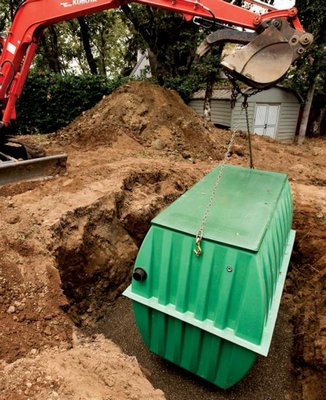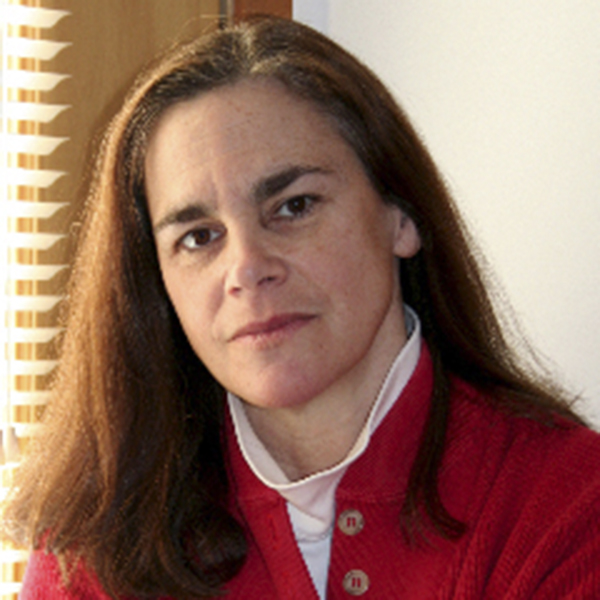

In what can only be considered as lack of awareness coupled with ignorance, Suffolk County’s coastal ecosystems have been abused for more than 50 years by overdevelopment, the dredging of bay bottoms, fertilizer run-off fueling dangerous algal blooms, and the flow of household waste through antiquated wastewater systems on residential properties. Excessive nitrogen pollution from these systems is largely responsible for the deterioration of marshes and wetlands, the lack of clarity of our waters, the die off of the shellfish population.
The sole source aquifer, which is the only source of drinking water in Suffolk County, now shows increased nitrogen levels as well.
Surface applications of nitrates going back as far as 30 years continue to leach into the soil. Lawn fertilizers used by unlicensed landscapers and homeowners, who tend to over-fertilize, are also part of the problem. On the North and South Forks, 10 percent of 50,000 private wells exceed the drinking water standard of 10 milligrams a liter. One thinks of Rachel Carsen’s prescience when she wrote, “In an age when man has forgotten his origins and is blind even to his most essential needs for survival, water along with other resources has become the victim of his indifference.”
Indifference to water quality, however, is no longer acceptable and the Suffolk County Department of Health Services (SCDHS) has amended policy to change the Suffolk Sanitary Code to include Article 19, which allows for the approval, management and registration of Innovative/Alternative Onsite Wastewater Treatment Systems (I/A OWTS).
The biggest culprit in the degradation of water quality has been, “outdated, non-performing onsite sanitary systems and cesspools, as recommended in the 2015 Suffolk County Water Resources Management Plan” prepared by SCDHS. Additionally, on April 17 a new local law to establish a grant assistance program for the installation of I/A OWTS was passed by the Suffolk County Legislature.
A recent seminar for architects and engineers, sponsored by The Nature Conservancy, AIA Peconic and Suffolk County, highlighted the reasons for the code changes and the exciting new technologies for enhanced wastewater treatments that are currently being tested and approved by SCDHS. Avoiding an ecological disaster in Suffolk County and doing so with a sustainable agenda is now a mandate. Design professionals will be partners in the implementation process for a seamless transition to an improved recovery in water quality.
Christopher Clapp, a marine scientist with The Nature Conservancy in East Hampton, presented an overview of water quality findings. Mr. Clapp, who worked on the shellfish restoration project of the Great South Bay, also participated in a regional research project to determine the reason for the decline of underwater sea grass meadows, which are vital habitats for shellfish and finfish. The research showed excess nitrogen to be the cause of the deteriorating habitat. Land use patterns dictate nitrogen contribution in the Great South Bay, 63 percent of which comes directly from septic tanks and cesspools. Mr. Clapp noted that the reproductive organs of animals were different in areas of excessive nitrogen loading. Health effects for humans include blue baby syndrome, a form of anemia, links to cancer, and a decrease in thyroid function.
What started in 2011 at an AIA Peconic Symposium on wastewater treatment and drinking water quality spearheaded by architect Glynis Berry, AIA, LEED AP, has now become a race to avert an ecological disaster in Suffolk County. Ms. Berry, a board member of the Suffolk County Planning Commission, is also the executive director of Peconic Green Growth. She wrote a report, titled Proposed Methodology for Establishing the Need for Decentralized Wastewater Upgrades Predicated on Environmental Conditions, which was submitted to the EPA on behalf of Southampton Town for consideration as part of their 2012 Clean Water Needs survey. Her efforts ignited discussion on nitrogen mitigation for our region and she has subsequently designed pilot installations of enhanced wastewater systems.
As the environmental projects coordinator in the Office of Ecology at SCDHS, Justin Jobin’s discussion concerning the existing condition of the county’s wastewater systems, and the stated goal of approving new systems to treat wastewater nitrogen to a level of 19 mg/l or below, was a revelation.
The 2015 Comprehensive Water Resource Plan indicated that 69 percent of the nitrogen load comes from cesspools with another 7 percent from lawn fertilizers. Suffolk County has the largest concentration of wastewater systems in the country. With a population of 1.5 million people, 75 percent of county households are dependent on individual wastewater systems while the remaining 25 percent are in sewage treatment districts. Of the 360,000 existing systems, 74 percent are non-conforming to code. Of these, 252,530 predate the 1972 requirement for the use of septic tanks. Cesspool requirements were non-existent before 1958. The number of wastewater systems in priority areas, close to bay waters, rivers, lakes, etc., is estimated at 290,000.
The new IA/OWTS basically denitrify wastewater. As Ms. Berry explained at the symposium, there are different types of systems available for different conditions such as, for example, high water tables where the depth of the installation is limited; trickling filter waste systems using various materials such as coco mats, peat moss or even a textile media; nitrogen reducing bio filter systems that can reduce the leach field size; pressurized shallow drain fields (PSDs) that distribute treated effluent within 18 inches of the topsoil horizon with a treated effluent reduction of up to 50 percent. The county has done a two-phase pilot program of I/A OWTS testing by lottery in order to certify several different types of systems that can be used for the larger roll out of 400 installations. Priority for the grant assistance program may be given to applicants residing in environmentally sensitive areas.
To be eligible for a grant of up to $11,000 the property owner must be a year-round resident and have an adjusted gross household income of less than $300,000. To receive a grant up to $5,500, the same criteria applies but the required adjusted gross income is between $300,000 and $500,000. Three to five individuals must occupy the residence. The applicant must have a valid certificate of occupancy; must be served by an existing septic system or cesspool not connected to a sewer or located within a sewer district; and cannot use the premises as a place of business other than a home office. No Suffolk County employees can participate in the program. Properties with outstanding or open tax liens are not eligible. Additionally, there is also a grant loan program that can finance the entire cost of the system.
The county has now set the stage for a solution to nitrogen pollution by revamping licensing, treatment systems and their management. Continuing education credits are now required for installers, code amendments are being drafted and outdated regulations are being updated. Funding of at least $2 million a year will come from the county’s Stabilization Reserve Fund for the installation of residential and commercial enhanced nitrogen removal septic systems through 2021. The purpose of the grant assistance program is to create a financial incentive to make these systems more affordable for homeowners to install. All I/A OWTS systems need Health Department permits, approved registration, and proof of maintenance, which costs approximately $300 a year.
Composting toilets, natural systems such as recirculating wetland systems, which use plantings for wastewater purification and elimination of contaminants before reentering the groundwater, and I/A OWTS, whose exiting waters can also be used for irrigation, have the changed the way we look at wastewater. As Ms. Berry said at the end of the program, “We have to stop looking at wastewater as waste.”
 More Posts from Anne Surchin
More Posts from Anne Surchin